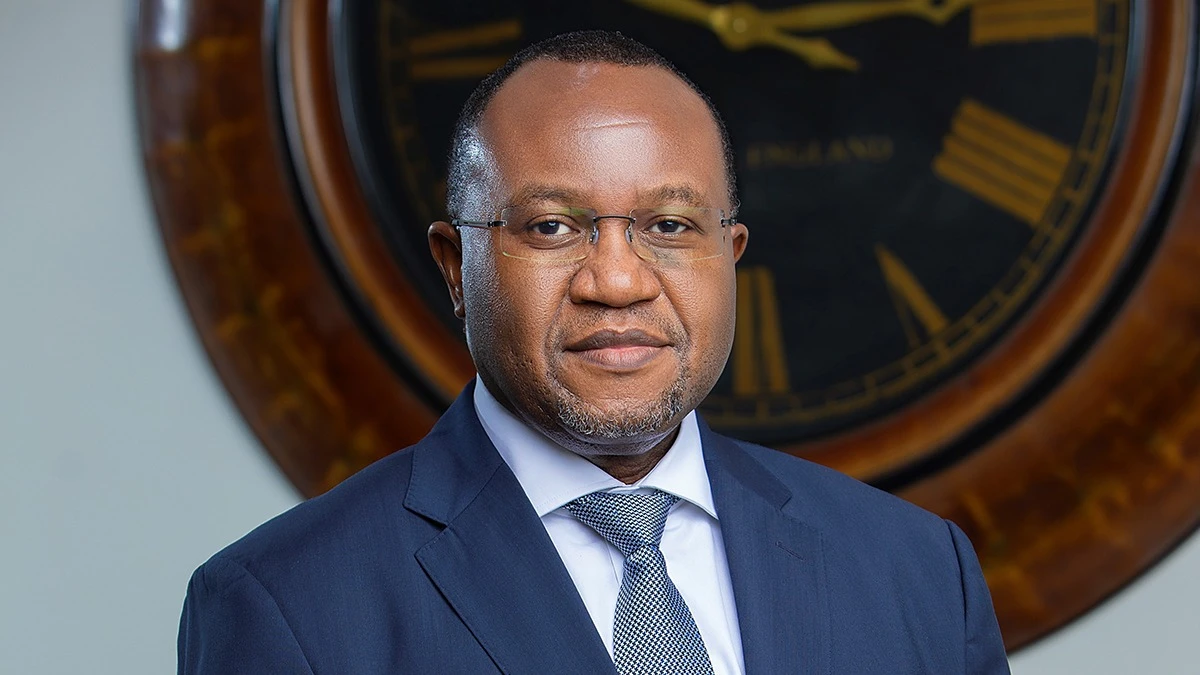
Elizabeth Antidius Shumbusho | Africa Guardian
For decades, access to financial services in Africa was marked by stark disparities—between rural and urban areas, men and women, and small businesses versus larger enterprises. These gaps left millions, particularly the continent’s most vulnerable, excluded from the formal economy, stifling entrepreneurship, limiting credit access, and restricting financial mobility.
However, the tides began to turn with the advent of the digital age. Visionaries like Ghanaian professor Nii Quaynor, known as “Africa’s father of the internet,” laid the groundwork for the continent’s digital transformation. In 1994, Quaynor introduced Ghana’s first internet service provider, connecting sub-Saharan Africa to the global digital ecosystem. This foundational work signaled a new era where technology could reshape economies and unlock untapped potential.
The financial sector quickly seized the opportunity. In 1996, Absa became the first South African bank to launch online banking. Though rudimentary at first, it set the stage for broader digital adoption. The proliferation of smartphones and internet access has since catalyzed mobile financial services, doubling account ownership in Sub-Saharan Africa to 49% of adults since 2011. Today, the region leads the world in mobile banking services, subscribers, and transactions.
Digital innovations have revolutionized financial inclusion. A farmer in Kenya can now secure financing online; an SME owner in Ghana can use a smartphone as a Point-of-Sale (PoS) device; traders in Tanzania can access trade finance, while a laborer in Botswana can send remittances across borders—all via digital platforms. By streamlining payments, expanding credit access, and offering savings and insurance products, digital tools have reduced reliance on physical banking infrastructure, empowering millions, particularly women, youth, and small business owners, to enter the formal economy.
Challenges Persist
Despite progress, significant barriers remain. Sub-Saharan Africa’s gender gap in account ownership is twice the global average at 12 percentage points, and only 26% of youth hold financial accounts. SMEs, despite being economic powerhouses, struggle with limited financing. For many, the costs of maintaining bank accounts or the lack of formal identification—essential for compliance with Know Your Customer (KYC) protocols—remain prohibitive.
The Path Forward
To overcome these hurdles, African banks must prioritize advanced digital solutions tailored to the continent’s unique socio-economic landscape. Examples of innovation include mobile-based PoS systems like Absa’s MobiTap, which allows merchants and small businesses to transform smartphones into PoS devices, reducing transaction barriers and operational costs. Similarly, digital wallets such as Absa’s Spark are gaining popularity, enabling users to pay bills, purchase airtime, and withdraw cash from ATMs through simple, intuitive platforms.
However, the focus should go beyond merely digitizing traditional services. Banks must create dynamic ecosystems that integrate financial, informational, and operational tools. Leveraging data-driven insights, harnessing AI and machine learning, and developing interoperable systems will enhance accessibility and personalization. Partnerships to extend service reach and financial literacy initiatives are equally crucial to empower users.
A Digital Equalizer
The future of financial inclusion in Africa depends on the ability of financial institutions to evolve with the needs of their people. By turning technology into a transformative equalizer, Africa can drive sustainable development and unlock unprecedented economic potential across the continent.
___
